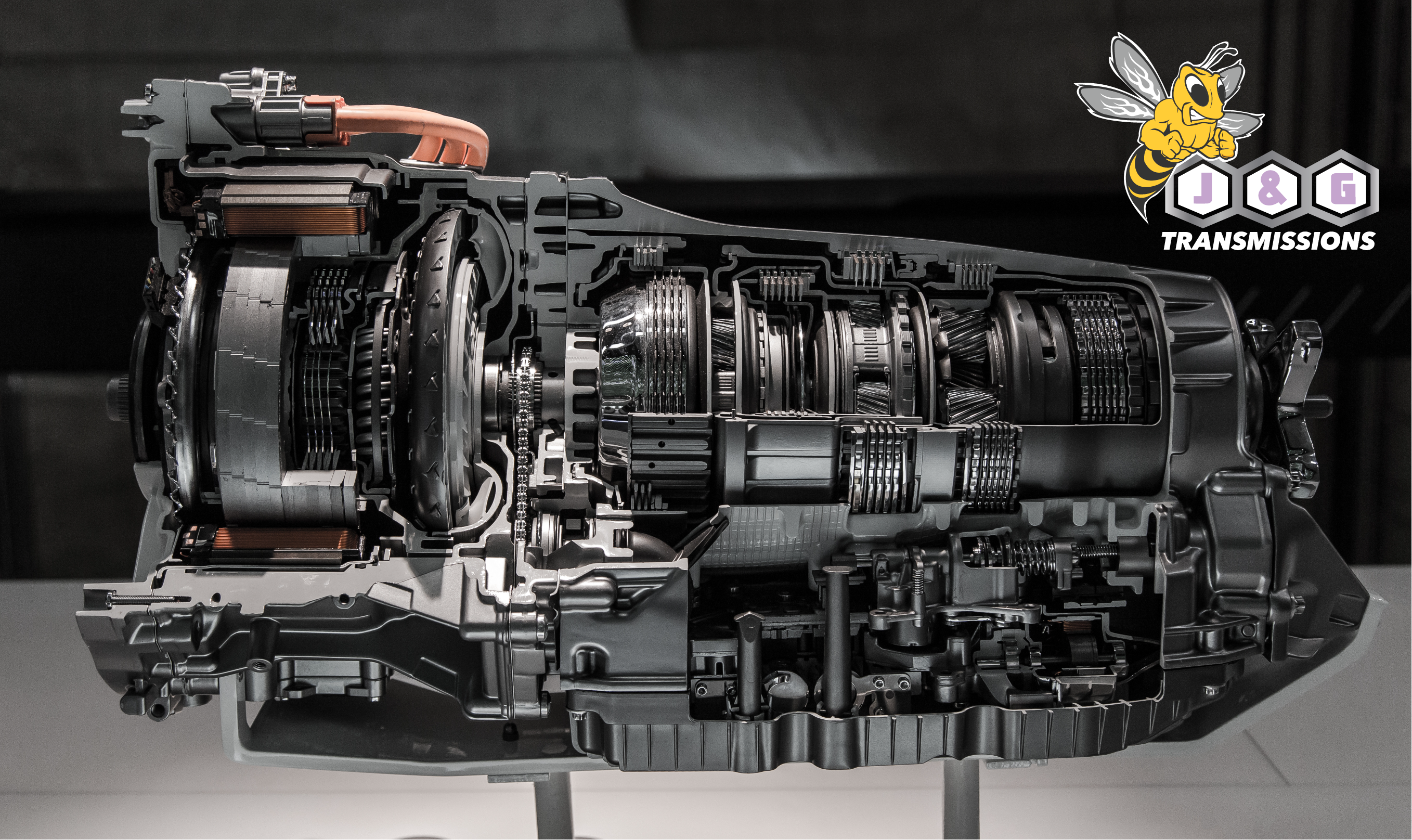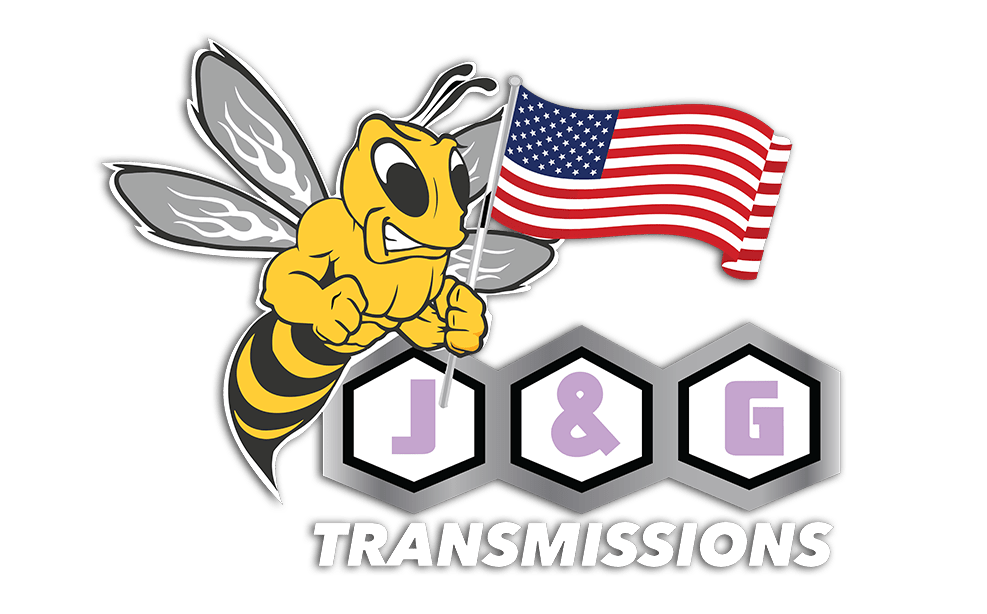Most vehicles driven in the United States are equipped with an automatic or manual transmission. There are, however, other variations of the automatic transmission that are used today in vehicles such as the CVT (constantly variable transmission) dual-clutch transmission.
Manual Transmissions are the oldest of the four types of transmissions we are talking about. They are also called “Standard Transmissions”. With a manual transmission, the driver has to manually change the gears for the transmission to shift gears to optimize a mix of speed and power. This is predominantly done with a shifting lever located near the center console on the driver’s right. The driver foot pedals will also have a third pedal, known as a clutch pedal. Both the stick shifter and the third pedal are indicators the vehicle has a standard transmission.
Automatic transmissions shift themselves automatically between neutral and other gears based on driver input from the throttle, brake, and automatic shift lever or button. The central computer controls the automatic transmission. Automatic transmissions have some advantages over their manual transmission cousins. They have the potential to be more fuel-efficient when driven under normal conditions. They offer smoother shifting and allow hands-free operation and are more convenient in traffic. Automatic transmissions do not offer the same degree of control as a manual transmission, so you won’t find manual transmissions going away anytime soon.
A Dual Clutch Transmission would best be described as a “hybrid” of the manual and automatic transmissions. Sporty vehicles with dual clutches are quite popular in the United States and especially Utah. Dual-clutch transmissions and popular because it uses two clutches and switches gears faster than a manual or automatic transmission. This combination allows for faster acceleration and slowing.
TYPES AND BENEFITS OF TRANSMISSIONS

